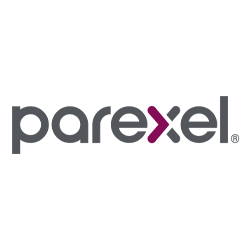Groundbreaking research presented during the recent 2021 Association for Research in Vision and Ophthalmology Annual Meeting has demonstrated that it is possible to successfully use real-world data (RWD) to replicate the primary outcome measures of randomized controlled trials (RCTs).
The study by Verana Health, a healthcare technology and analytics company, focused on two large-scale RCTs in ophthalmology—the VIEW 1 and VIEW 2 (VIEW 1/2) pivotal trials. VIEW 1/2 led to the clearance by the U.S. Food and Drug Administration of aflibercept (EYLEA, Regeneron) for the treatment of neovascular age-related macular degeneration (wet AMD) in 2011.
In this electronic health record–based registry study, investigators replicated the study design and evaluated the outcomes using RWD contained in the American Academy of Ophthalmology IRIS Registry (Intelligent Research in Sight), the world’s largest single-specialty clinical database. The same inclusion and exclusion criteria of the VIEW 1/2 studies were successfully applied to the IRIS Registry and resulted in the identification of 4,779 patients that could be compared to the 1,632 subjects in the VIEW 1/2 studies. The proportion of eyes losing fewer than 15 ETDRS letters across the VIEW 1 and VIEW 2 studies was similar to the IRIS Registry RWD cohort, indicating proof-of-concept, although the mean gains in letters varied across the studies.
“Before now, we did not know whether Phase III clinical trial data and outcomes were represented in the [RWD] contained in the IRIS Registry,” said Theodore Leng, MD, medical advisor to Verana Health and director of clinical and translational research at the Byers Eye Institute at Stanford, Stanford University Medical School. “We’re excited to discover that in this retrospective study, primary outcome measures were reproducible in the IRIS Registry, thus making it the very first time that a large-scale, Phase III [RCT] in ophthalmology was able to be replicated using [an RWD] set. This has exciting implications for clinicians, investigators, and drug and device development companies, including the potential to validate trial endpoints as a measure of treatment effectiveness.”
The replication of the VIEW 1/2 clinical trials outcomes data shows the potential value RWD can bring in helping to accelerate clinical trials, added David W. Parke II, MD, CEO of the American Academy of Ophthalmology.
Edited by Gary Cramer



